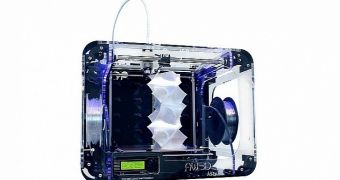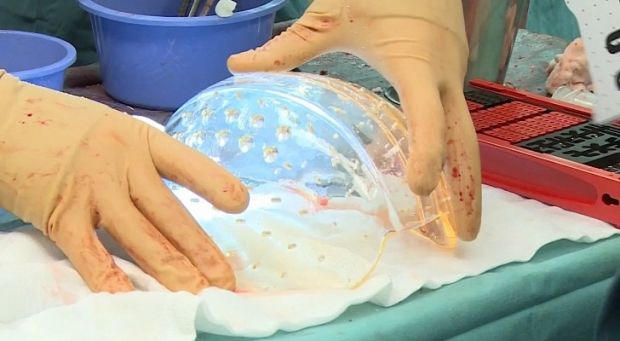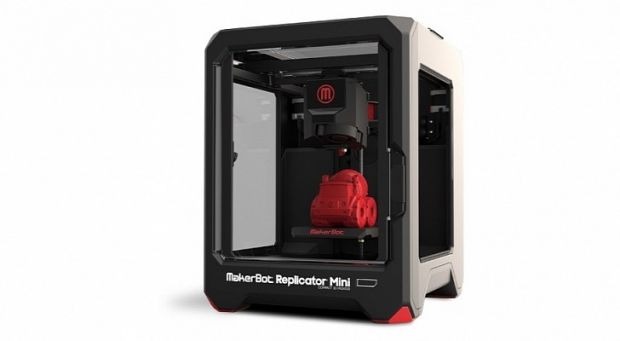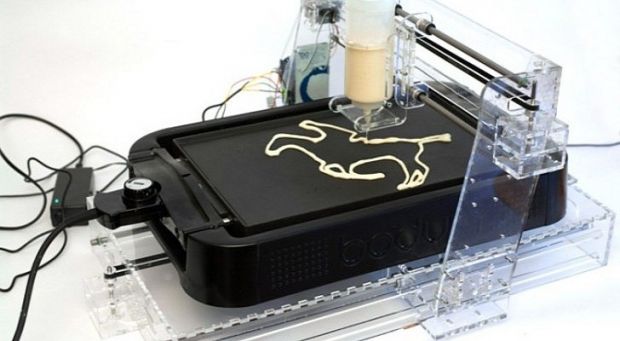Many have been saying, on and off, how 3D printing technology has the potential to change the world, but I dare say that it’s already doing it, and it’s not being too subtle about it either. All you need to do is look at any of the industrial segments where 3D printing has a stake, which is most of them really.
I actually didn’t realize just how fast and far 3D printing technology was moving until recently, when it struck me that the advancements in medicine were already massive.
Previously, it only seemed as though the technology was (or technologies were, since there’s a whole bunch of them) only accelerating the development of certain fields, or making them more efficient.
After writing about a certain prosthetic, however, I couldn’t help but look back at everything else that 3D printing made possible over the past year alone.
My conclusion is that it’s not just accelerating technological development, it’s changing the way it happens. Making it leap ahead by years instead of months.
The medical field is one of the major beneficiaries, and it’s the one I’ll be looking at now.
From prosthetics to replacement skulls
Well, technically it should be the other way around: first came the 3D bioprinted replacement skull (the transplant was pretty easy too), then the awesome prosthetics, with replacement hips here and there.
The RoboLeg is the most recent, a mechanical leg that costs just a few hundred dollars instead of several thousand or tens of thousands.
Moreover, it can be made by anyone who owns a 3D printer and can get a hold of several metal rods, though you should probably consult a specialist anyway.
The really amazing 3D printed limb is the $50 / €36 Robohand though, which totally wiped the floor with a specialist arm that cost $40,000 / €28,972 to make.
It’s things like this that make me think that 3D printing is one of the few truly game-changing breakthroughs of my generation. And yes, I do realize that I am essentially contradicting the father of 3D printing by saying this. Alas.
It’s not just medical breakthroughs
You may not know this, but 3D printing technology is actually 30 years old by now. Still, only in the past two years has it taken off.
Back around 2010-2011, you could barely hear anything about the field, at least as far as the common man could be directly concerned.
In just that small time, however, prices of 3D printers went from several thousand or tens of thousands of dollars to under $2,000 / €2,000. In fact, MakerBot has only just started selling the Replicator Mini, which ships for $1,400 / €1,000 - €1,400.
Then there’s that printer that can build a two-story house in a day, and a couple of other methods for creating buildings.
And what really stands out is how fast 3D printing went from theoretical answer-all to something used for even the most common things, like making pancakes. And don’t even get me started on the AllSpark.
The bottom line
After half a decade of covering technological news and advancements, I may have finally found the first, true game-changer that totally lives up to its hype.
It wouldn’t have struck me so hard if not for the fact that I have never expected something like this to really happen. The media thrives on sensationalizing things (like the severely overhyped NVIDIA GeForce GTX Titan Z graphics card), so coming across something that really deserves all the accolades is a refreshing development. Now I just have to wait and see for how long this lasts.

 14 DAY TRIAL //
14 DAY TRIAL // 





